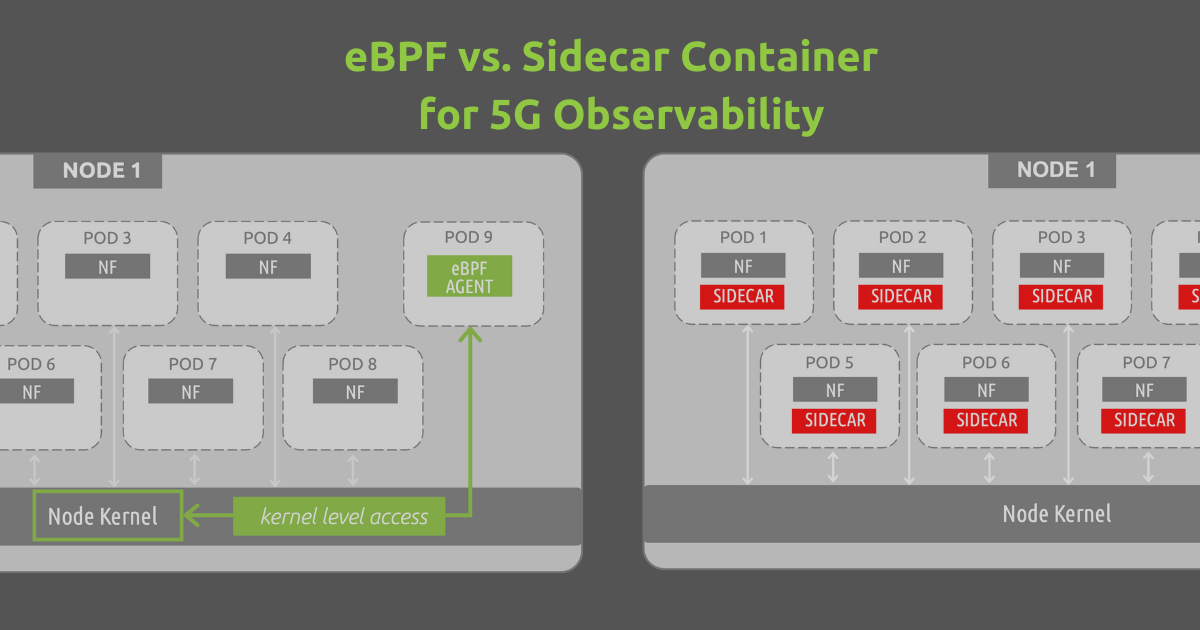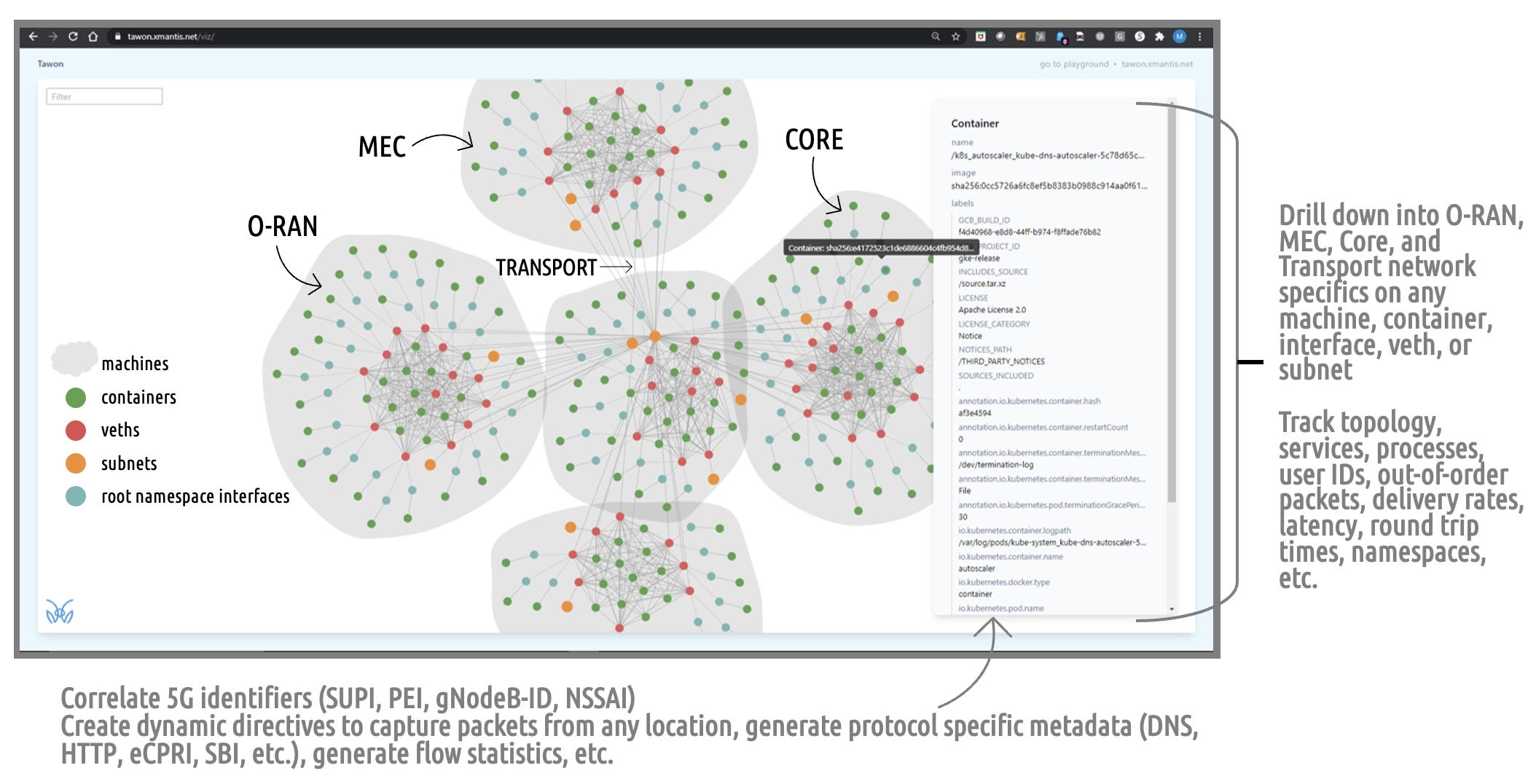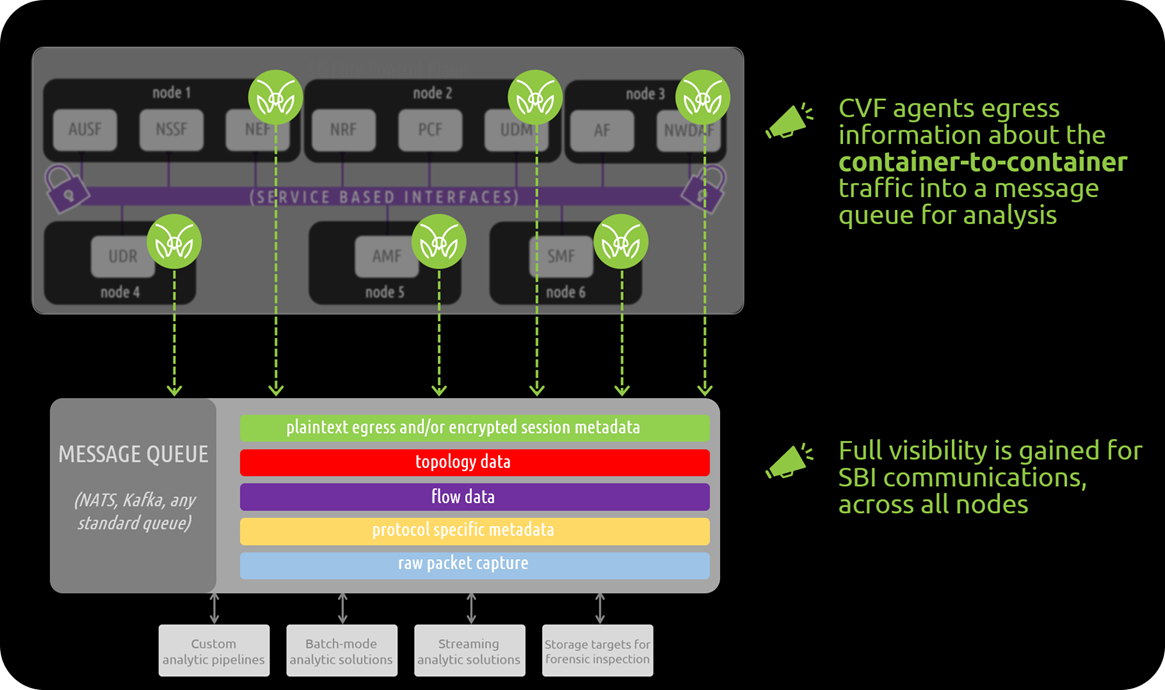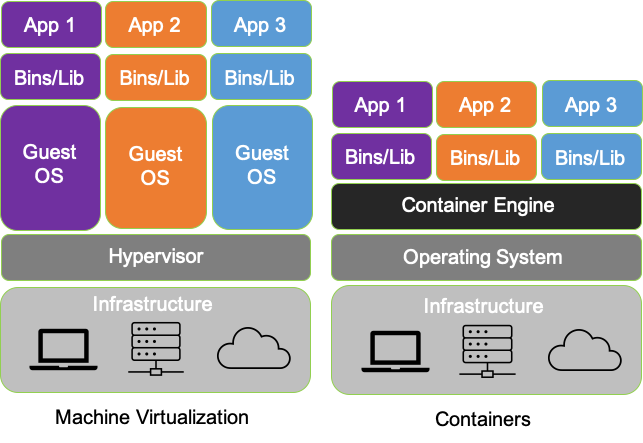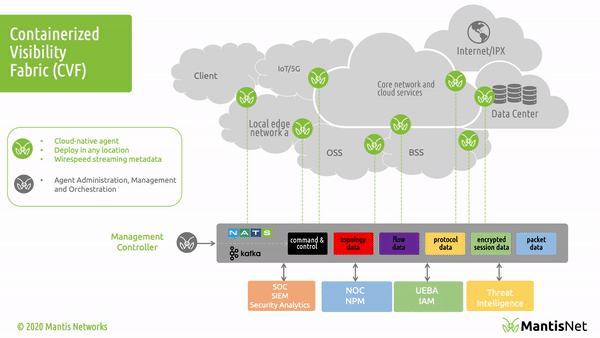As 5G stand alone (SA) environments are beginning to roll out in more earnest, there is an ongoing conversation about how to best support visibility of these container-centric platforms. Network function vendors, carriers, MNOs, and MVNOs all have skin in the game and are taking part in this conversation. At the core of the discussion is a very simple question- what is the best way to instrument and observe these complex and heavily containerized systems?
Traditional tools are no longer viable- this is common knowledge across the ecosystem. The days of deploying taps are long gone, and the days of relying on virtual taps for “cloud resources” have also faded away. We are now firmly in the era of “cloud-native”- the first major evolution of the cloud. Cloud-native has ushered in a new focus on how to best leverage virtual resources and distributed computing, with the core tenet being a shift from VMs and VNFs to containers and CNFs. The challenge now is determining how to best introspect these containerized environments.


